Construire N°20, 15-05-01
The aestheticism of "Toblerones"
From Bassins to Prangins, on the fortified line Promenthouse
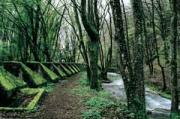 When in 1998 individuals had planned to create, along the fortified line of the Promenthouse (the famous "toblerones"), a didactic trail and to convert the army bunkers into museums, we wrote in these columns ( walk published in Build # 15 of April 7, 1998): let us hurry to do the course as is. Implied: before the nature that has taken possession of the place in sixty years it is again violated.
When in 1998 individuals had planned to create, along the fortified line of the Promenthouse (the famous "toblerones"), a didactic trail and to convert the army bunkers into museums, we wrote in these columns ( walk published in Build # 15 of April 7, 1998): let us hurry to do the course as is. Implied: before the nature that has taken possession of the place in sixty years it is again violated.




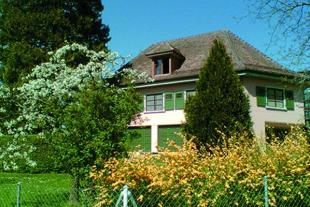
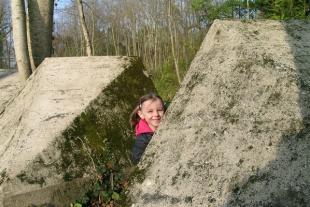
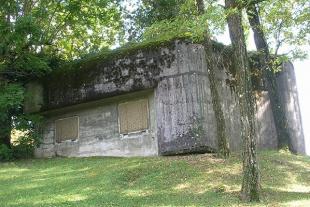
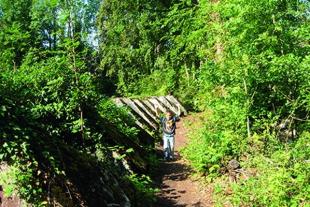
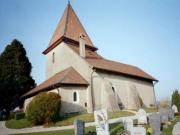 In the canton of Vaud, at an altitude of 750 m, overlooking Lake Geneva, Bassins is served by the Geneva-Lausanne motorway and a railway line.
In the canton of Vaud, at an altitude of 750 m, overlooking Lake Geneva, Bassins is served by the Geneva-Lausanne motorway and a railway line. 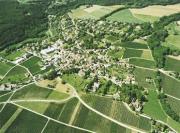 Begnins is halfway between Geneva and Lausanne, located at an altitude of 540m, the village of Begnins covers 472 hectares, 60 of forests and 100 of vines.
Begnins is halfway between Geneva and Lausanne, located at an altitude of 540m, the village of Begnins covers 472 hectares, 60 of forests and 100 of vines. 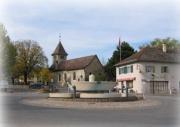 It is a strange territory, that of Vich, very long and very narrow. It measures only 800 m in its widest width at the height of the village where it occupies both banks of the Serine. This river crosses the territory from north to south over 4200 m and used to drive many water wheels. She joined the Promenthouse which, in “en Clarens”, provided water and energy to a large paper mill, then animated the Martinet forge: two hamlets of the town.
It is a strange territory, that of Vich, very long and very narrow. It measures only 800 m in its widest width at the height of the village where it occupies both banks of the Serine. This river crosses the territory from north to south over 4200 m and used to drive many water wheels. She joined the Promenthouse which, in “en Clarens”, provided water and energy to a large paper mill, then animated the Martinet forge: two hamlets of the town. 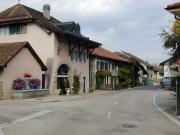 Ideally located on the shores of Lake Geneva, halfway between Geneva and Lausanne, Gland invites you to get to know her better through her website.
Ideally located on the shores of Lake Geneva, halfway between Geneva and Lausanne, Gland invites you to get to know her better through her website.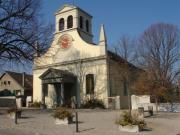
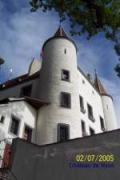 The human presence in the Nyon region begins in the Neolithic era. Lake resorts are established at the lake. Later, the Helvetians, Celtic people, settle on the Swiss Plateau, territory that includes the region of Nyon. But the origins of the city of Nyon date back to 45 BC.
The human presence in the Nyon region begins in the Neolithic era. Lake resorts are established at the lake. Later, the Helvetians, Celtic people, settle on the Swiss Plateau, territory that includes the region of Nyon. But the origins of the city of Nyon date back to 45 BC.  Le jury de Suisse Tourisme s'est prononcé le 15 avril 2005
Le jury de Suisse Tourisme s'est prononcé le 15 avril 2005